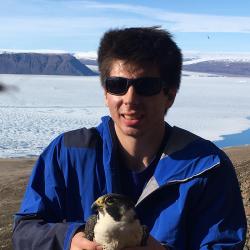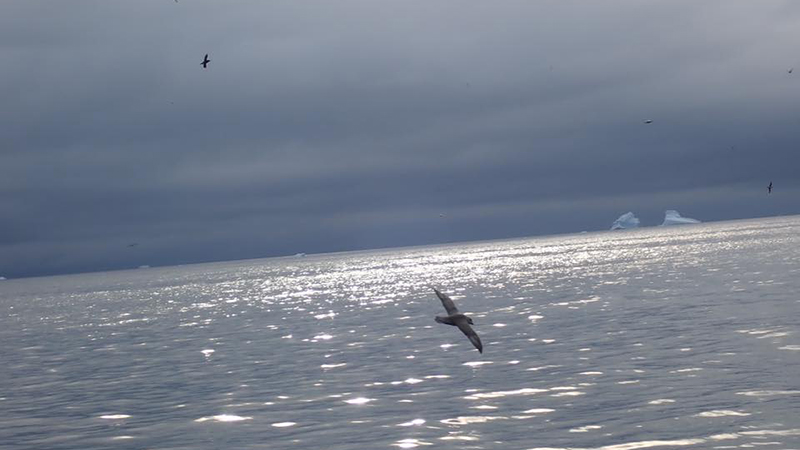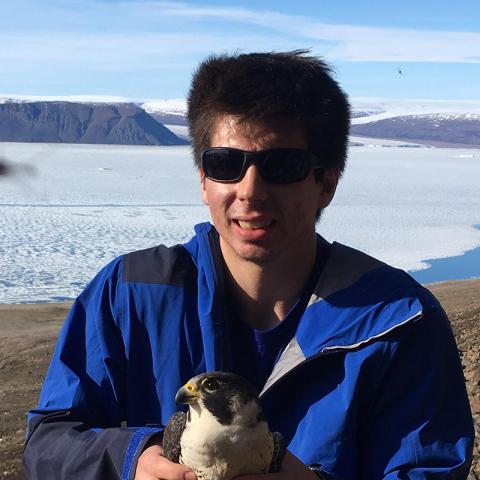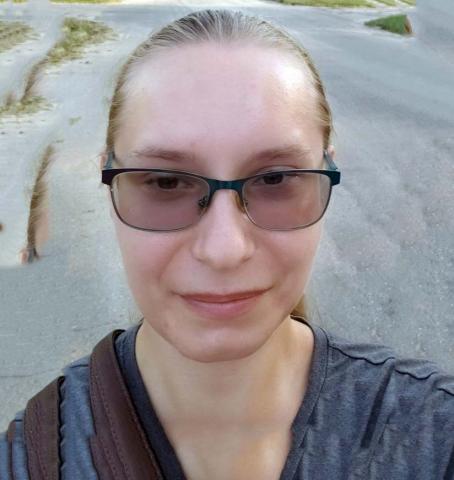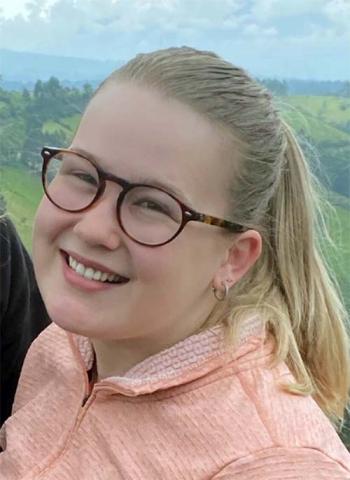For the birds: Greenland field journal #4
The last few weeks in Thule have been extremely busy. Between boat trips and hikes, we’ve accomplished most of what we wanted to do. On July 19th, we went north to perform tern and eider surveys. These surveys show many nests are active and can gauge reproductive success. The eiders were extremely numerous, and the terns did have a few nests.
Arctic terns are defensive birds, and are not afraid to dive bomb anyone close to a nest. That night was also our first camping trip. We had to lay down a bear fence in the event a polar bear wandered in. We were fortunate as the bears stayed away from us.
The next day, we hiked the wetland near camp to look for shorebirds for blood samples. These samples are very important, as they can detect the presence of elements like mercury in the birds. The amount of mercury of birds is of interest to the Burnhams, as high mercury levels can cause abnormalities.
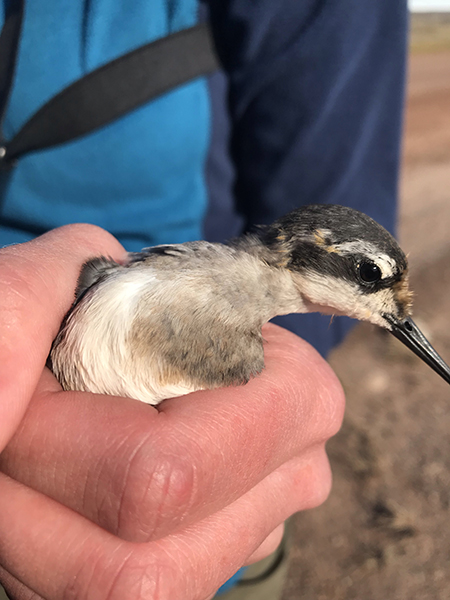
Sadly, the number of birds was very low and we only caught one, a red-necked phalarope. Phalaropes are very small and delicate birds, so great care had to be taken for the safety of the bird. We tried to find more, but no more showed up so we broke camp and moved back towards Thule.
Another big day was July 26. We planned on catching black guillemots, a little black seabird, and maybe get lucky and catch a puffin. Instead, we caught 5 Atlantic puffins, which was very unexpected. The puffins up here have wisened up to us trying to catch them, so it was doubtful we’d get any. Seeing the puffins up close was a treat.
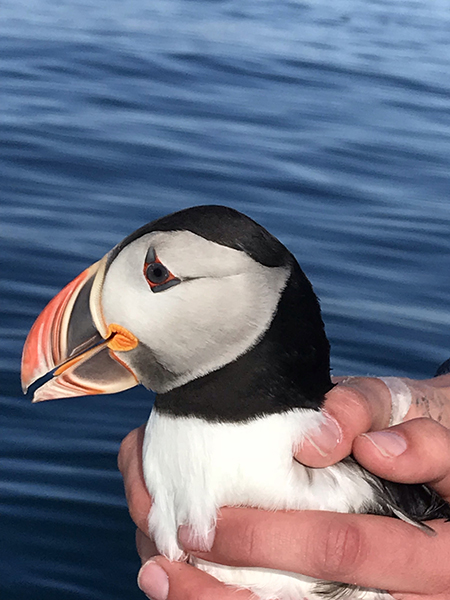
They are arguably the prettiest bird in north Greenland, with a nasty bite. They make a very deep sound, not something I expected from a puffin. I thought they’d be more “squeaky toy” sounding. That was arguably one of my favorite experiences I’ve ever had. Puffins has since skyrocketed to near the top of my favorite birds.
July 28th was another return trip to the seabird cliffs. We got some time to take photos and soak the sight in. Imagine thousands of birds chattering and flying over you. It’s like nothing else on the planet. I’ve seen seabird colonies on documentaries, but they are something else in real life. We caught a few more thick-billed murres for the cause and headed back to the base.
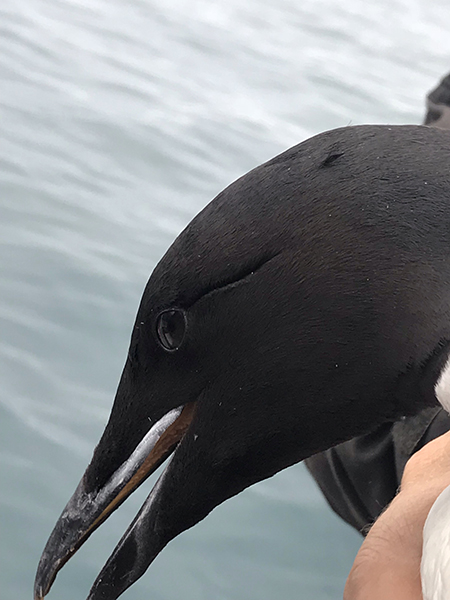
As we enter the twilight of our adventure, it becomes saddening that my time in Thule is nearing an end. I’ve grown tremendously and I look forward to taking what I’ve learned and using it back in the states. This trip has done so much for me, and I encourage anyone interested to look into it. I’ll have one more blog posted in the next week or two. I hope to enjoy my last week in Thule to the fullest.
